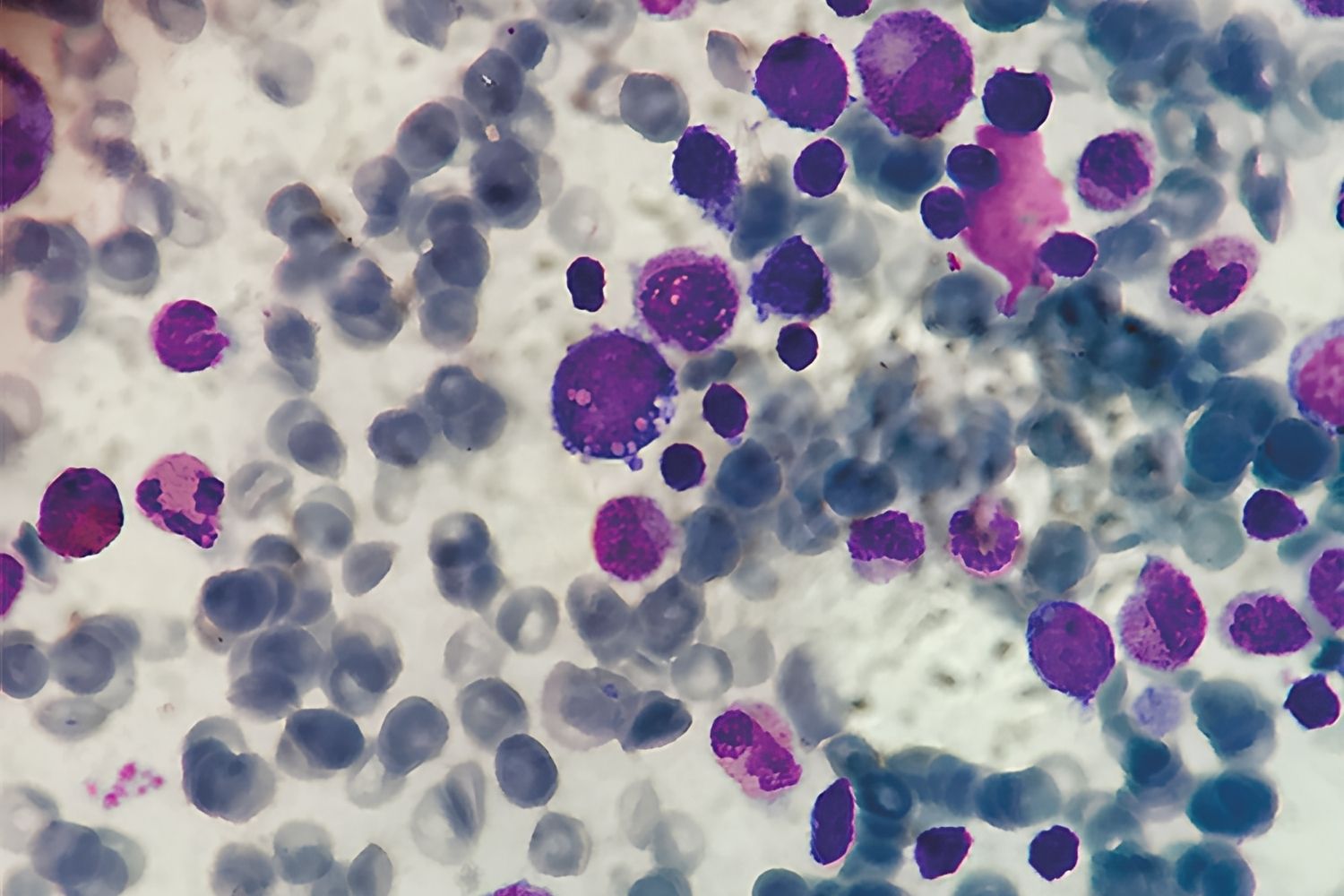
Pearson's Marrow/Pancreas Syndrome is a rare, often severe disorder that affects the bone marrow and pancreas. Caused by mutations in mitochondrial DNA, this condition can lead to a variety of symptoms, including anemia, frequent infections, and issues with blood clotting. Children with this syndrome may also experience problems with their digestive system, such as chronic diarrhea and difficulty absorbing nutrients. Diagnosing Pearson's Syndrome typically involves genetic testing and a thorough examination of the patient's medical history. While there is no cure, treatments focus on managing symptoms and improving quality of life. Understanding this complex disorder can help families and medical professionals provide better care and support for affected individuals.
Key Takeaways:
- Pearson's Marrow/Pancreas Syndrome is a rare genetic disorder affecting bone marrow and pancreas, causing anemia, malabsorption, and other complications. It often appears in infancy and requires multidisciplinary care.
- There is no cure for Pearson's Syndrome, but treatments focus on managing symptoms and complications. Regular monitoring, genetic counseling, and support groups play crucial roles in supporting affected families.
What is Pearson's Marrow/Pancreas Syndrome?
Pearson's Marrow/Pancreas Syndrome is a rare genetic disorder that affects multiple systems in the body. It primarily impacts the bone marrow and pancreas, leading to a variety of symptoms and complications. Here are some intriguing facts about this condition.
- Pearson's Syndrome was first described in 1979 by Dr. Howard Pearson.
- Genetic Mutation: It is caused by deletions in mitochondrial DNA.
- Inheritance: This syndrome is usually not inherited but occurs due to spontaneous mutations.
- Bone Marrow Dysfunction: Affected individuals often have bone marrow failure, leading to anemia and other blood-related issues.
- Pancreatic Insufficiency: The pancreas fails to produce enough digestive enzymes, causing malabsorption and nutritional deficiencies.
- Symptoms in Infancy: Symptoms typically appear in infancy, including failure to thrive and severe anemia.
- Lactic Acidosis: Many patients experience lactic acidosis, a buildup of lactic acid in the body.
- Neurological Issues: Some children may develop neurological problems, including developmental delays and muscle weakness.
- Liver Involvement: Liver dysfunction is common, often leading to hepatomegaly (enlarged liver).
- Diabetes: Due to pancreatic insufficiency, some patients may develop diabetes.
- Short Lifespan: Unfortunately, many children with Pearson's Syndrome do not survive beyond early childhood.
- Diagnosis: Diagnosis is confirmed through genetic testing and examination of bone marrow samples.
- Treatment: There is no cure, but treatment focuses on managing symptoms and complications.
- Blood Transfusions: Regular blood transfusions are often necessary to manage anemia.
- Enzyme Replacement: Pancreatic enzyme replacement therapy helps with digestion and nutrient absorption.
- Nutritional Support: Nutritional support, including vitamin and mineral supplements, is crucial.
- Monitoring: Regular monitoring of organ function is essential to manage the disease.
- Research: Ongoing research aims to better understand the condition and develop potential treatments.
- Support Groups: Support groups and organizations provide resources and support for affected families.
- Multidisciplinary Care: Patients often require care from a team of specialists, including hematologists, gastroenterologists, and neurologists.
- Mitochondrial Disorders: Pearson's Syndrome is part of a broader group of mitochondrial disorders.
- Variable Presentation: Symptoms and severity can vary widely among affected individuals.
- Bone Marrow Transplant: In some cases, bone marrow transplant may be considered as a treatment option.
- Genetic Counseling: Families may benefit from genetic counseling to understand the risks and implications of the disorder.
- Awareness: Raising awareness about Pearson's Syndrome can help improve diagnosis, treatment, and support for affected families.
Final Thoughts on Pearson's Marrow/Pancreas
Pearson's Marrow/Pancreas Syndrome is a rare, complex disorder that affects multiple organs. Understanding its symptoms, causes, and treatments can help those affected manage their condition better. Early diagnosis is crucial for improving quality of life. Genetic counseling and regular medical check-ups play a significant role in managing this syndrome. While there is no cure, treatments focus on alleviating symptoms and preventing complications. Research continues to explore new therapies and potential cures. Awareness and education about Pearson's Marrow/Pancreas Syndrome can lead to better support and resources for patients and their families. By staying informed and proactive, individuals can navigate the challenges of this condition more effectively. Remember, knowledge is power when dealing with rare diseases. Stay connected with healthcare providers and support networks to ensure the best possible care.
Frequently Asked Questions
Was this page helpful?
Our commitment to delivering trustworthy and engaging content is at the heart of what we do. Each fact on our site is contributed by real users like you, bringing a wealth of diverse insights and information. To ensure the highest standards of accuracy and reliability, our dedicated editors meticulously review each submission. This process guarantees that the facts we share are not only fascinating but also credible. Trust in our commitment to quality and authenticity as you explore and learn with us.
